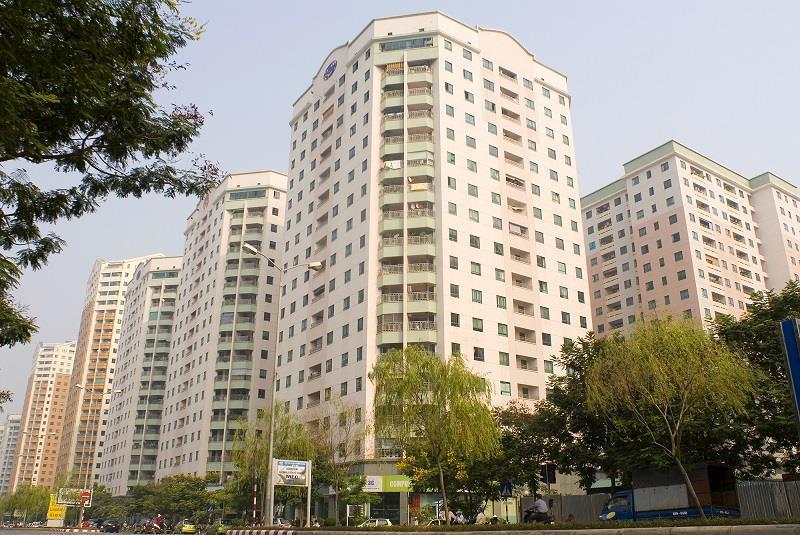
Clear change
A representative of the Institute of Construction Materials (Ministry of Construction) said that before 1990, most of the concrete mixed at construction sites was measured manually and mixed with small free-standing mixers, so productivity, quality, and stability were low, with the whole country only reaching about 300,000 - 500,000m3 per year.
Since the 90s, our country's concrete industry has developed strongly in terms of output, types, design and construction level of reinforced concrete works; in researching, compiling, reviewing technical standards, building a team of specialized concrete staff and workers, and building laboratories to serve the research and testing of concrete quality.
A series of commercial concrete mixing stations have been established along with specialized transport and concrete pumping equipment, providing the construction market with large volumes of concrete mixtures of stable quality. The volume of concrete produced in Vietnam is currently estimated at 120 - 140 million m3/year.
Regarding concrete mixing technology, using planetary vertical shaft forced mixers or horizontal twin shaft forced mixers. Automation and control of mixing stations are digitized at an advanced level. Mixer capacity at mixing stations in Vietnam is usually from 60, 80, 125m3/hour. In particular, some hydropower projects are equipped with mixers with a capacity of up to 250m3/hour, allowing mixing of very dry concrete mixtures with aggregate diameters up to 120mm.
For civil and industrial projects using high slump concrete mixture, it is brought to the construction site by specialized mixer trucks and the concrete mixture is put into the pouring block by mobile boom pumps, with pump towers and pumps that allow supply and transportation to heights of 60 and 350m respectively (such as Keangnam Landmark Tower in Hanoi, 336m high, 70 floors; Bitexco Financial Tower, 262m high, 68 floors; Land Mark 81, 81 floors in Ho Chi Minh City...).
Industry experts recognize that the concrete market in Vietnam has strong competition between large enterprises, from traditional concrete manufacturers to new enterprises providing ready-mixed concrete or special concrete products. For example, many advanced concrete pumping equipment in the world are now present in Vietnam such as Putzmeiser, Schwing, Elba (Germany); Huyndai, Junjil (Korea)...
In addition, Vietnam is witnessing the strong development of civil, industrial, transport infrastructure construction projects, and especially real estate projects (houses, apartments, urban areas). This creates a great demand for concrete for construction projects.
The government is stepping up investment in transport infrastructure projects, including the construction of bridges, roads, airports, seaports, metro systems, etc. This is a great opportunity for concrete businesses to supply products for these projects.
Variety of species
With the advent of new generations of chemical and mineral additives, the properties of concrete are increasingly enhanced and improved. Along with the advancement of mechanical engineering and automation, concrete materials in Vietnam have reached new limits in terms of properties and construction productivity.
Vice President of the Vietnam Association of Building Materials, Dr. Tran Ba Viet said that currently many projects have started using ultra-high performance concrete (UHPC) - a very young material, for civil works and traffic bridge girders.
Over the past 8 years, we have manufactured and constructed more than 180 bridges, one 30m x 4 span bridge, and repaired the Thang Long bridge deck with a UHPC composite steel deck. These bridges have all been tested for girders and inspected for reliability after being put into use.
"With the research results and application using Vietnamese natural materials and industrial waste, the cost of UHPC can be reduced to below 590 USD/ton of UHPC powder, which allows expanding the application of UHPC in civil and infrastructure works" - Dr. Tran Ba Viet said.
In addition, there are many other types of concrete such as self-compacting concrete (SSC) that have been applied to pour concrete at beam intersections and column ends (where the steel density is thick) in construction.
Many projects have been applied such as high-rise apartment buildings in Trung Hoa Nhan Chinh Urban Area (implemented by Vinaconex and IBST in 2005) and recently used to fill steel pipe cores for concrete-filled steel pipe arch bridges (Dong Tru Bridge, Hanoi; Hoang Van Thu Bridge, Hai Phong).
Dispersed fiber reinforced concrete has a tensile reinforcement that is evenly dispersed in the concrete mass. Using this product helps concrete construction faster, increases tensile strength when bending several times and limits concrete cracking due to shrinkage, water loss and is applied in repairing reinforced concrete floors that bear heavy loads such as aircraft hangars, cement concrete pavements.
Along with that, self-compacting concrete (RCC) is a dry concrete, low in cement, constructed by roller, often used for the construction of cement concrete roads and gravity dams. The record for pouring RCC is at the Son La hydroelectric dam project with a pouring capacity of 8,000m3/day. Due to the advantages in cost, the amount of RCC used in Vietnam has reached nearly 20 million m3, used to build most of the hydroelectric and irrigation gravity dams in our country.
Source: https://kinhtedothi.vn/dau-an-cong-nghe-nganh-be-tong.html


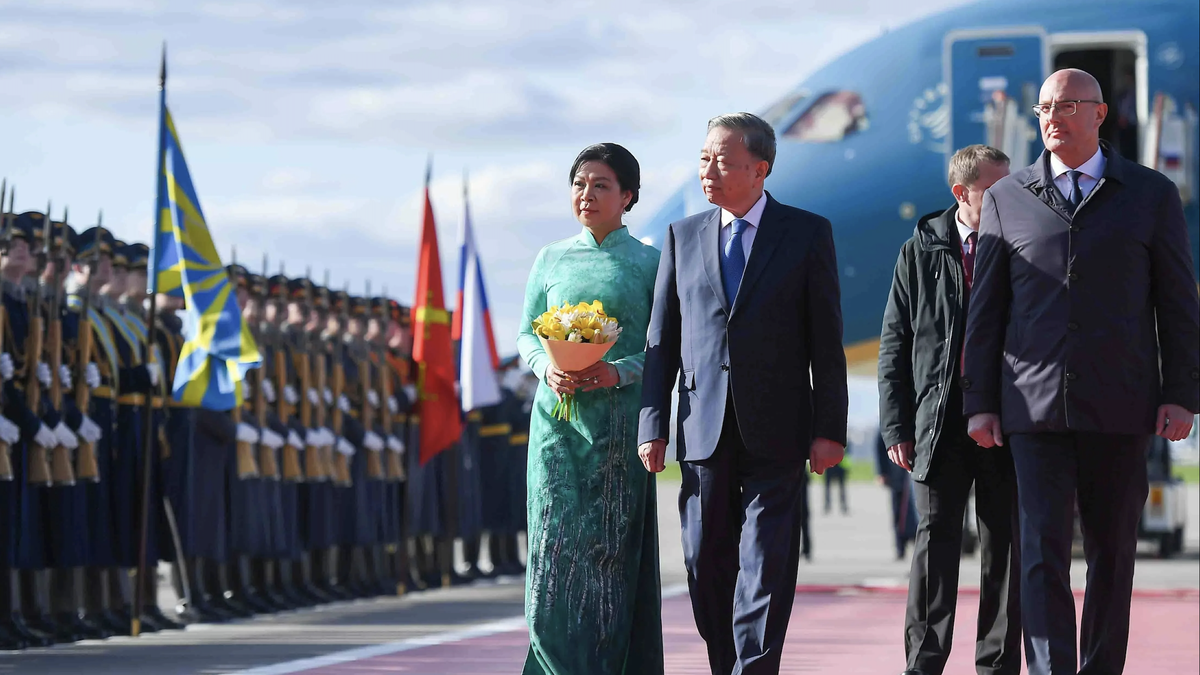



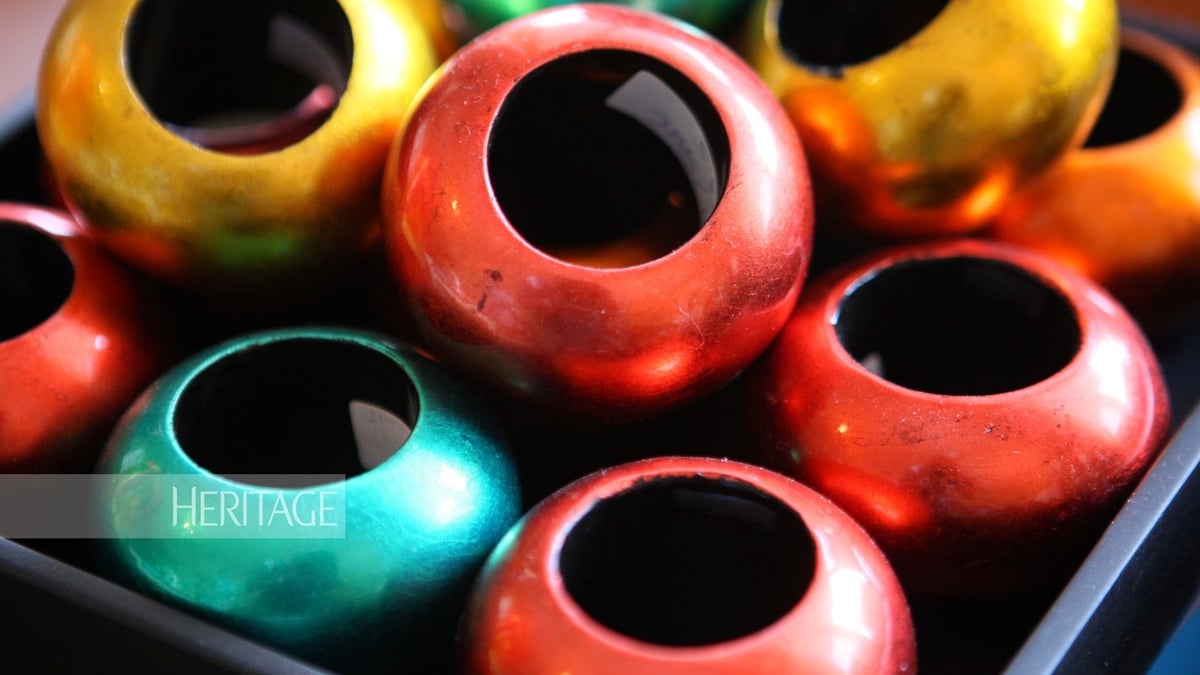

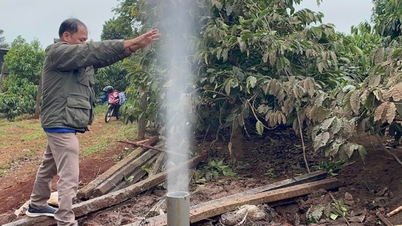





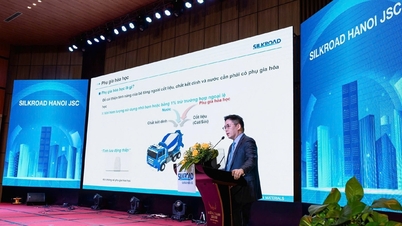


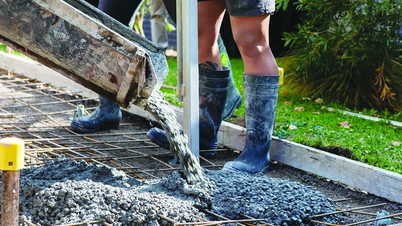

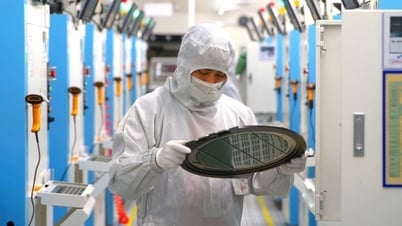
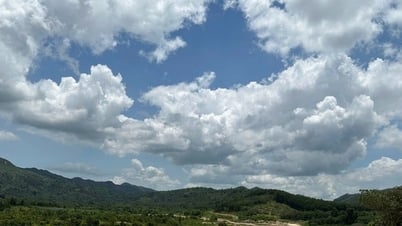
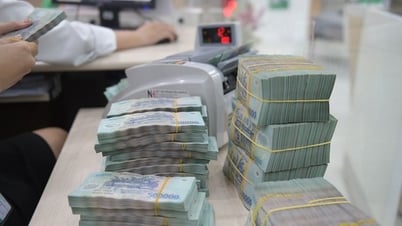

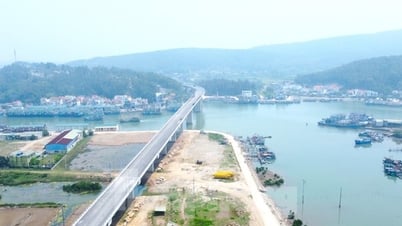






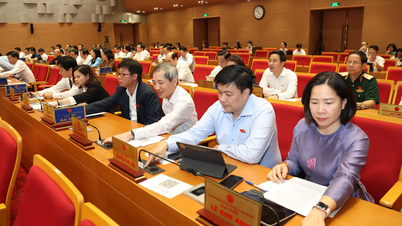

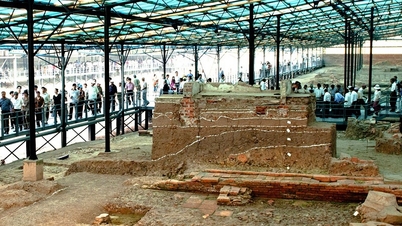
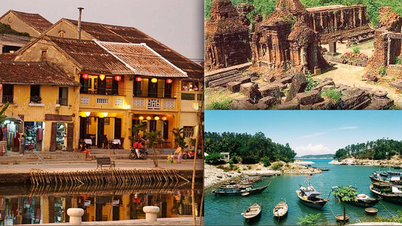
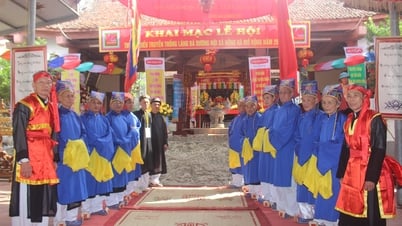
![[Photo] Prime Minister Pham Minh Chinh meets with the Policy Advisory Council on Private Economic Development](https://vphoto.vietnam.vn/thumb/1200x675/vietnam/resource/IMAGE/2025/5/8/387da60b85cc489ab2aed8442fc3b14a)

![[Photo] General Secretary To Lam begins official visit to Russia and attends the 80th Anniversary of Victory over Fascism](https://vphoto.vietnam.vn/thumb/1200x675/vietnam/resource/IMAGE/2025/5/8/5d2566d7f67d4a1e9b88bc677831ec9d)
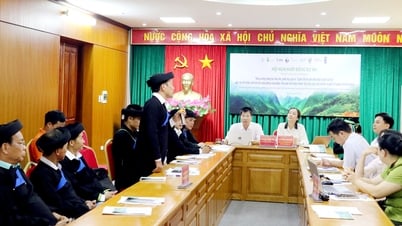










































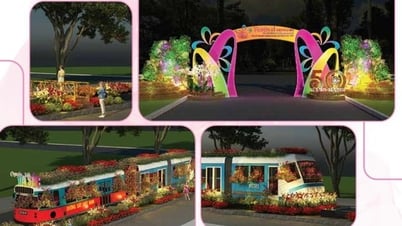
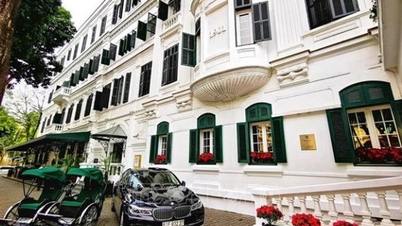
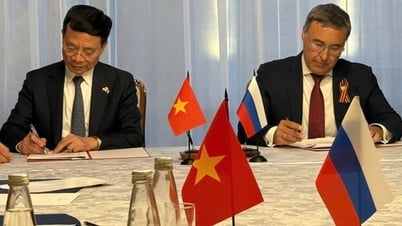

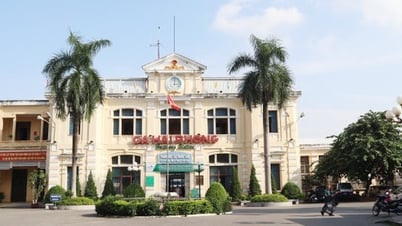
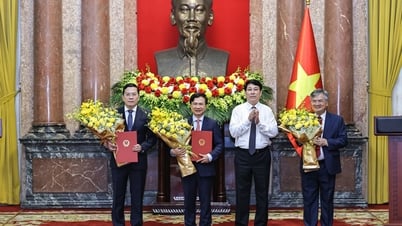



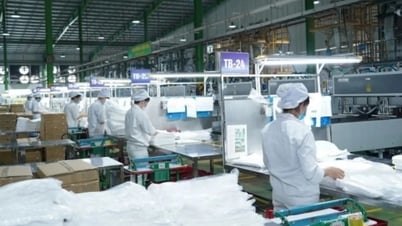

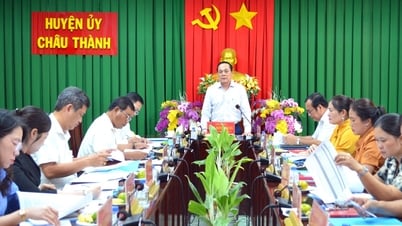

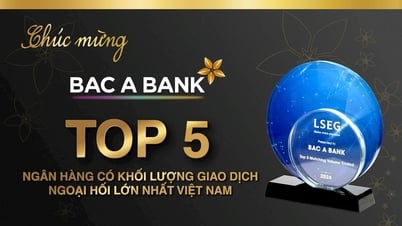

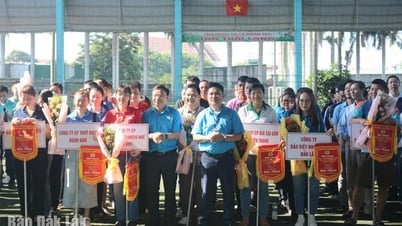

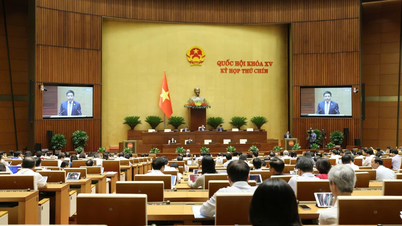











Comment (0)